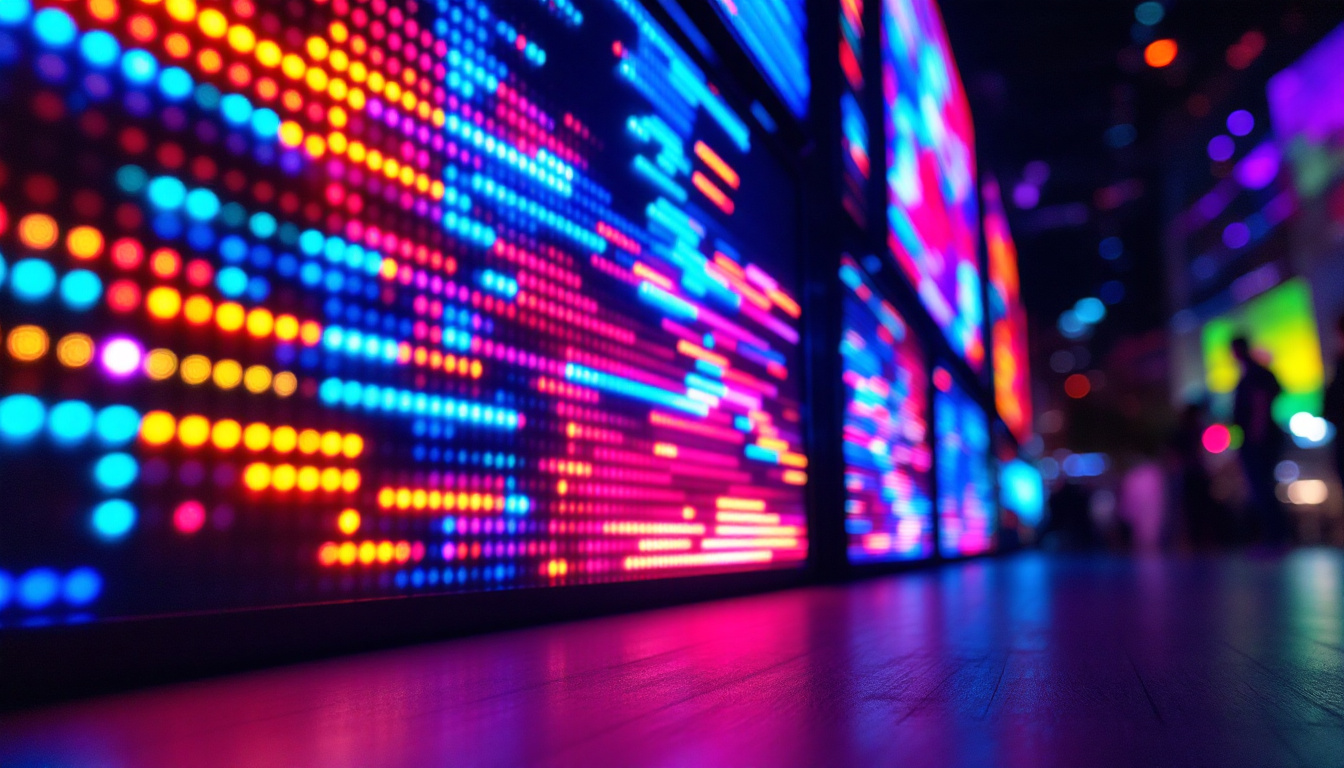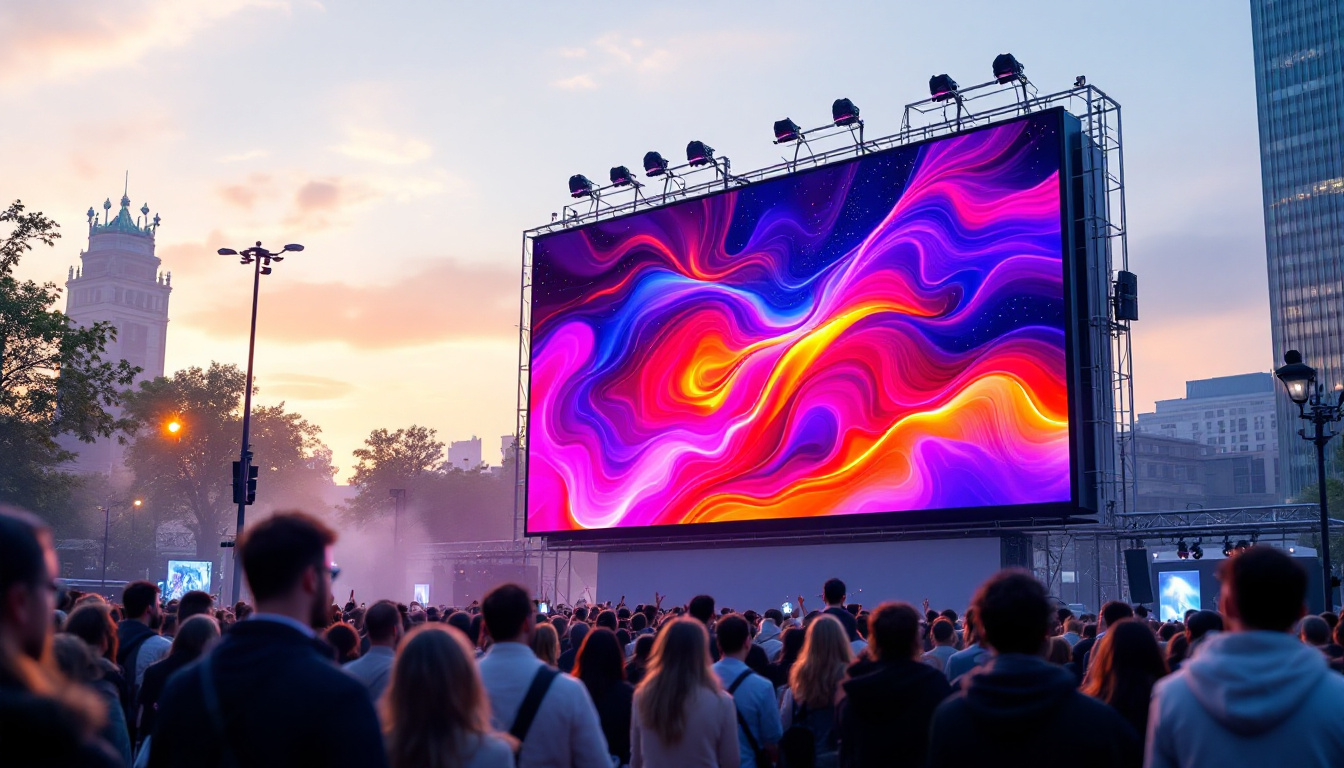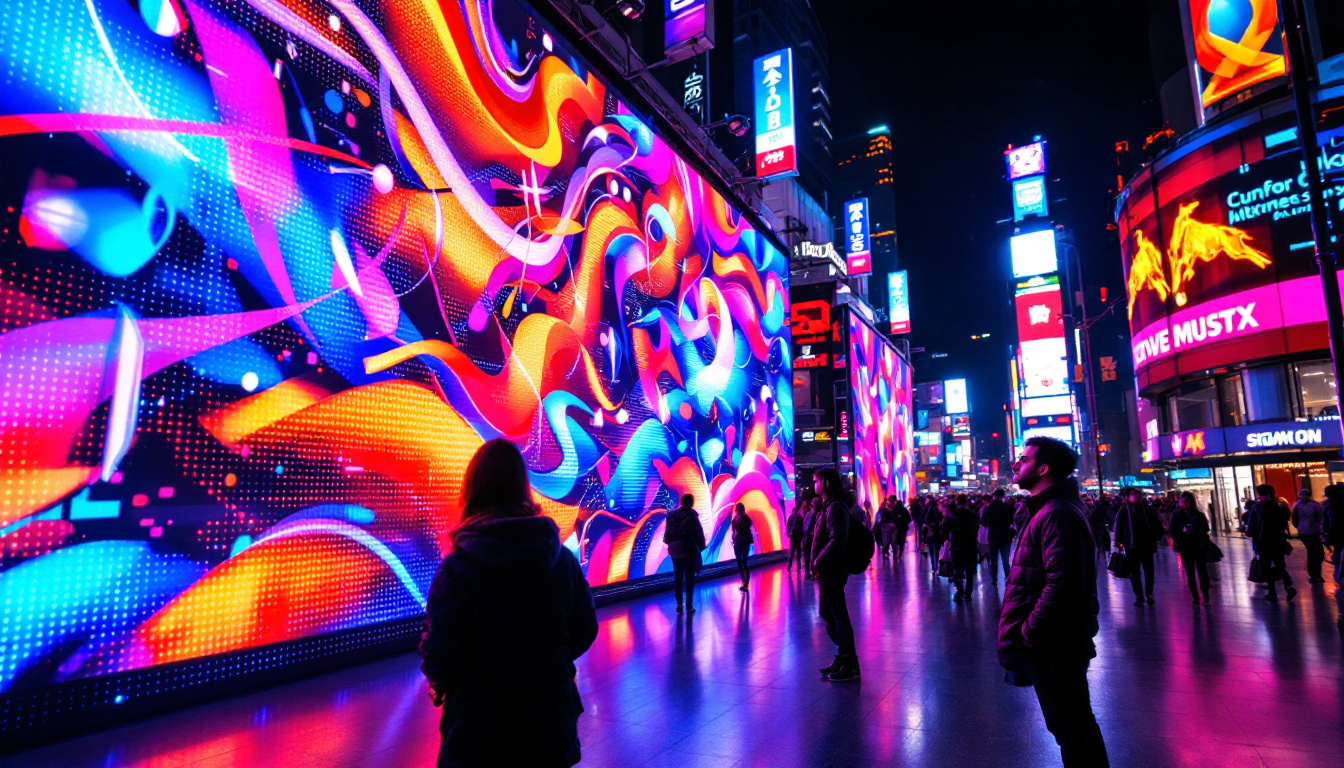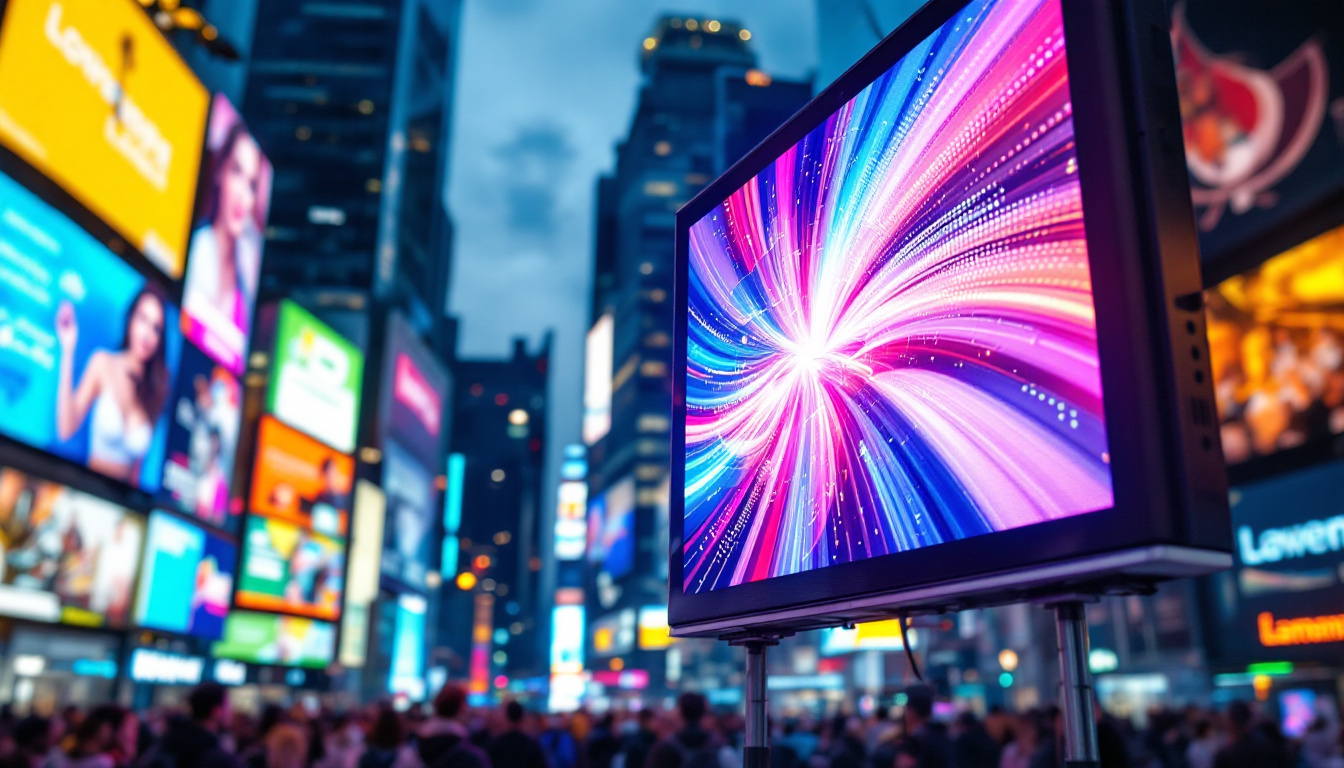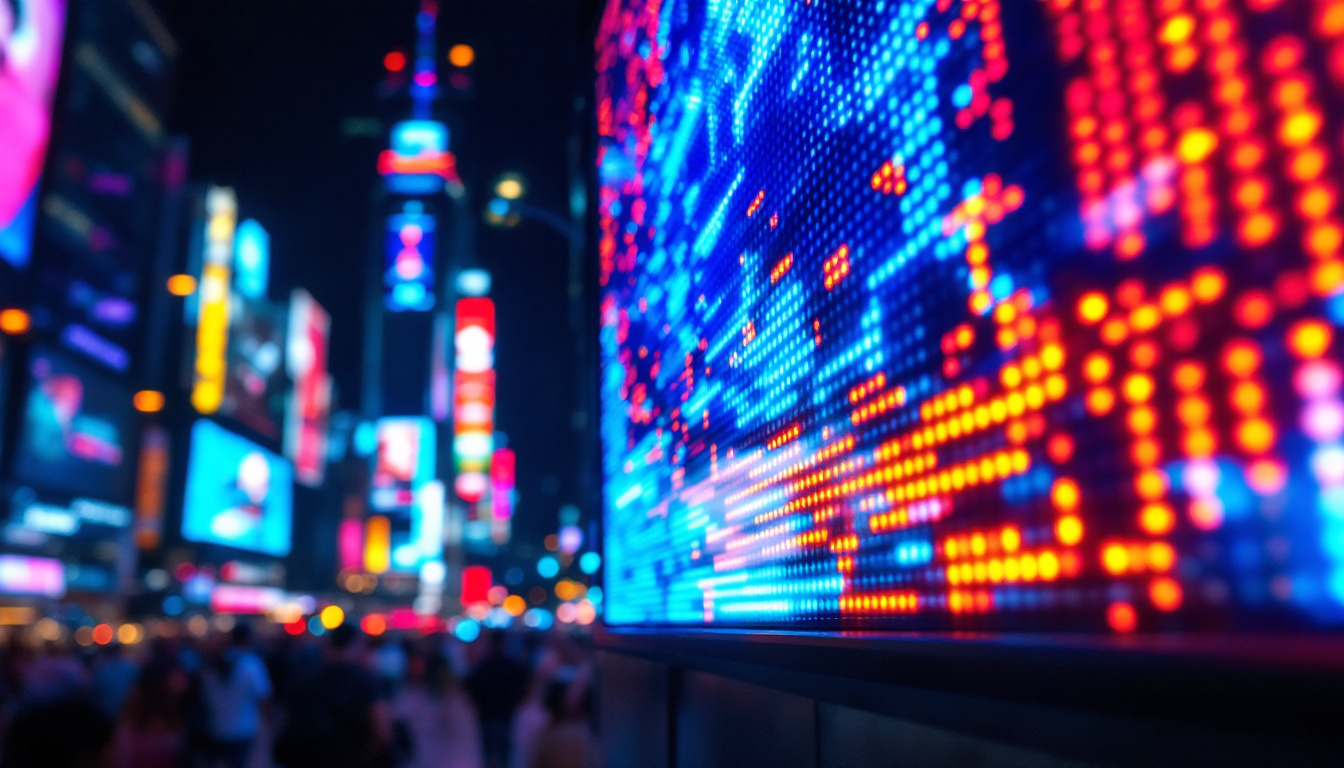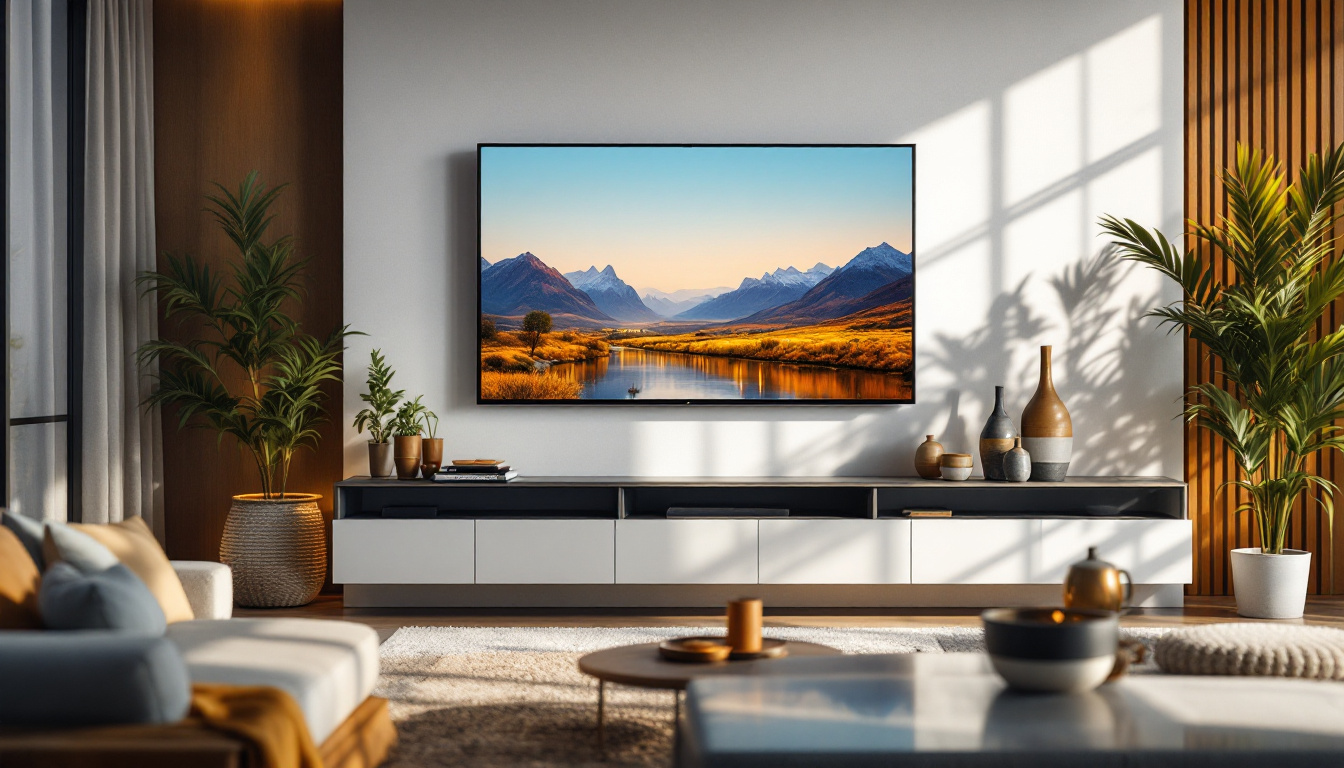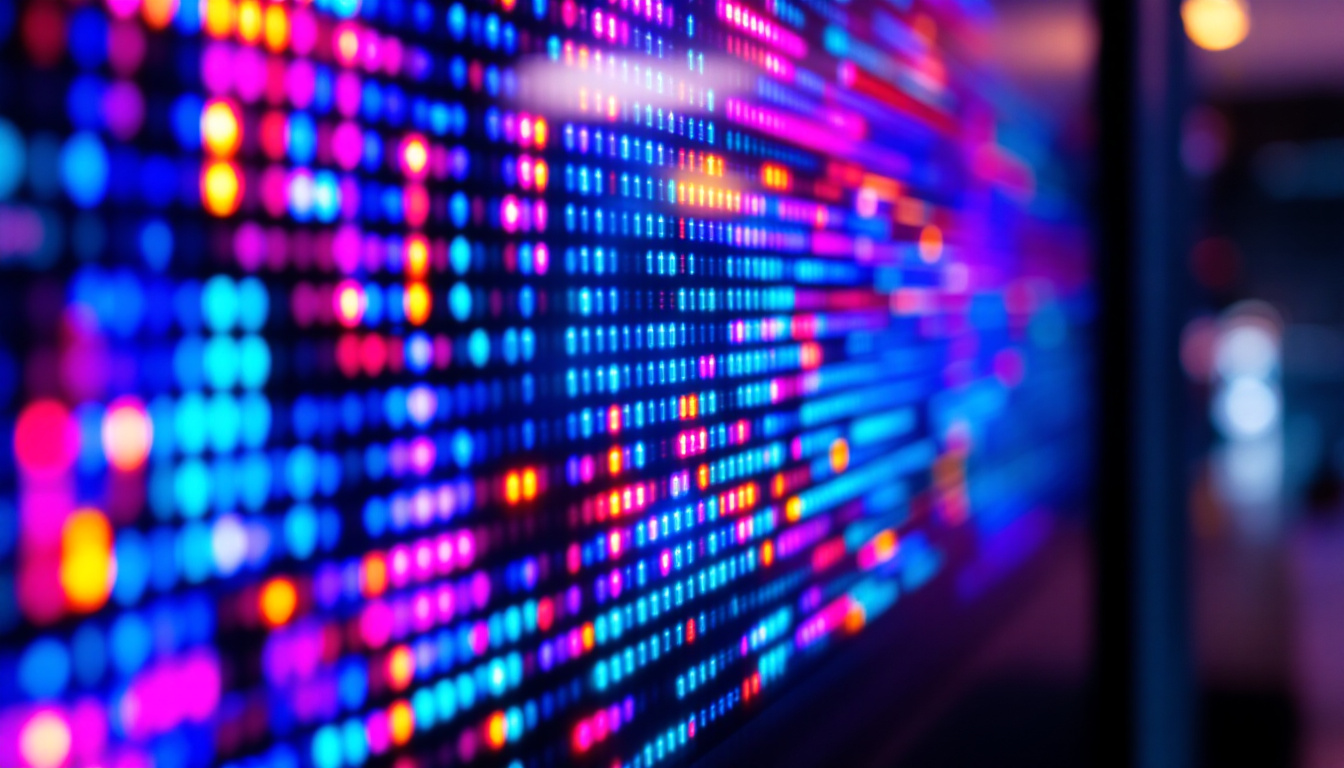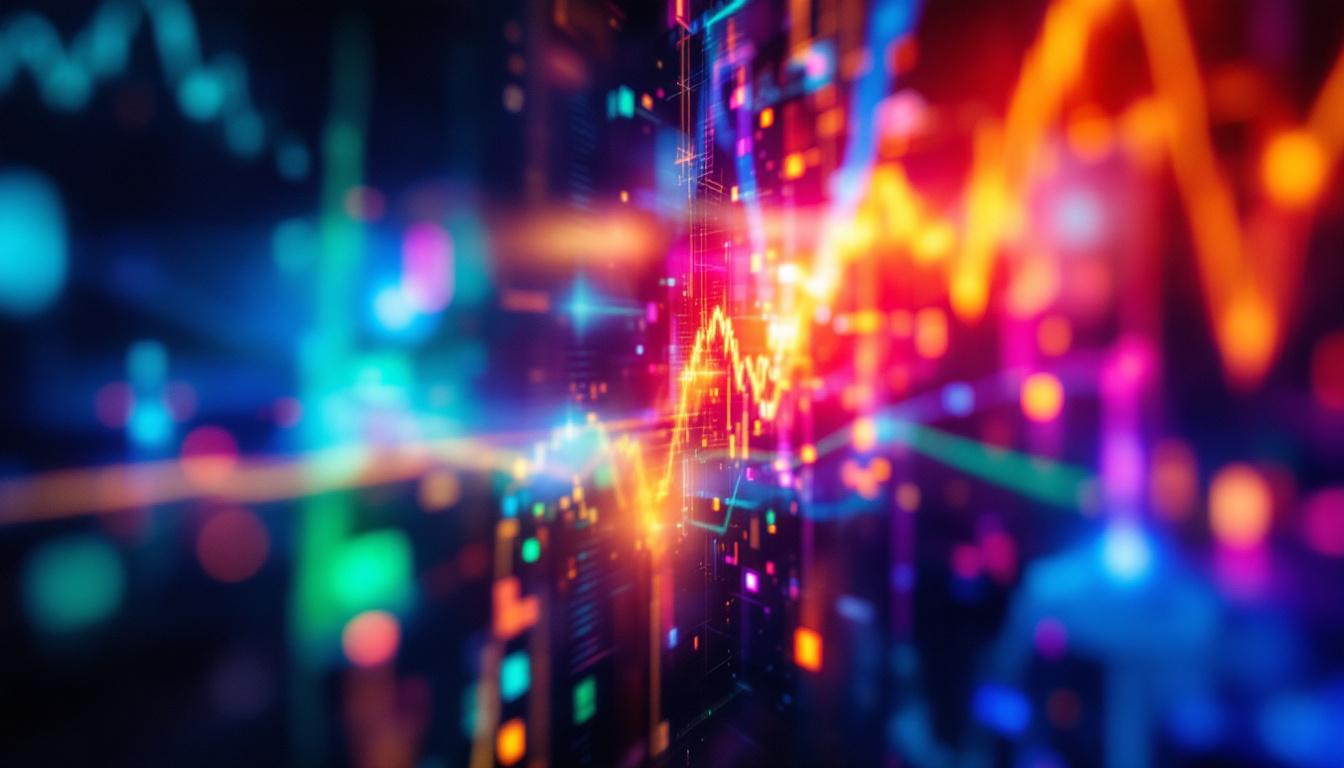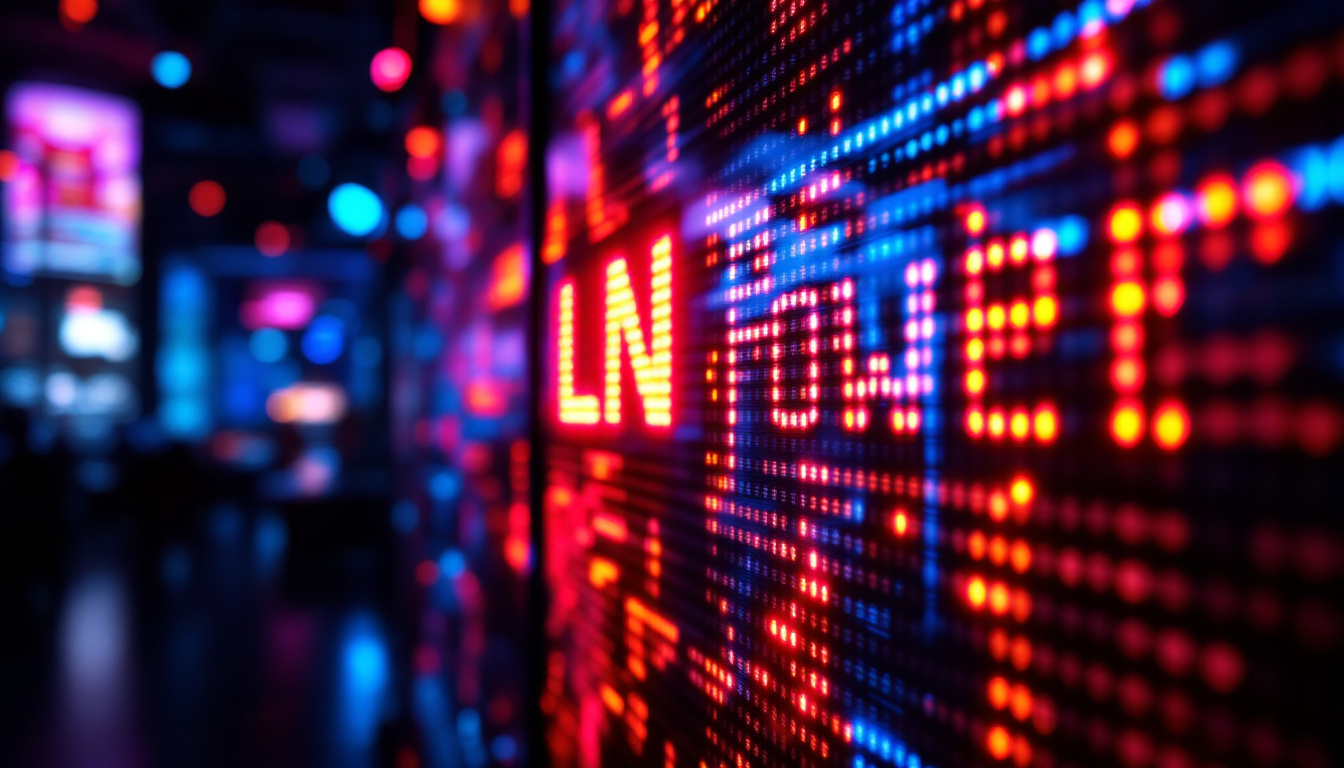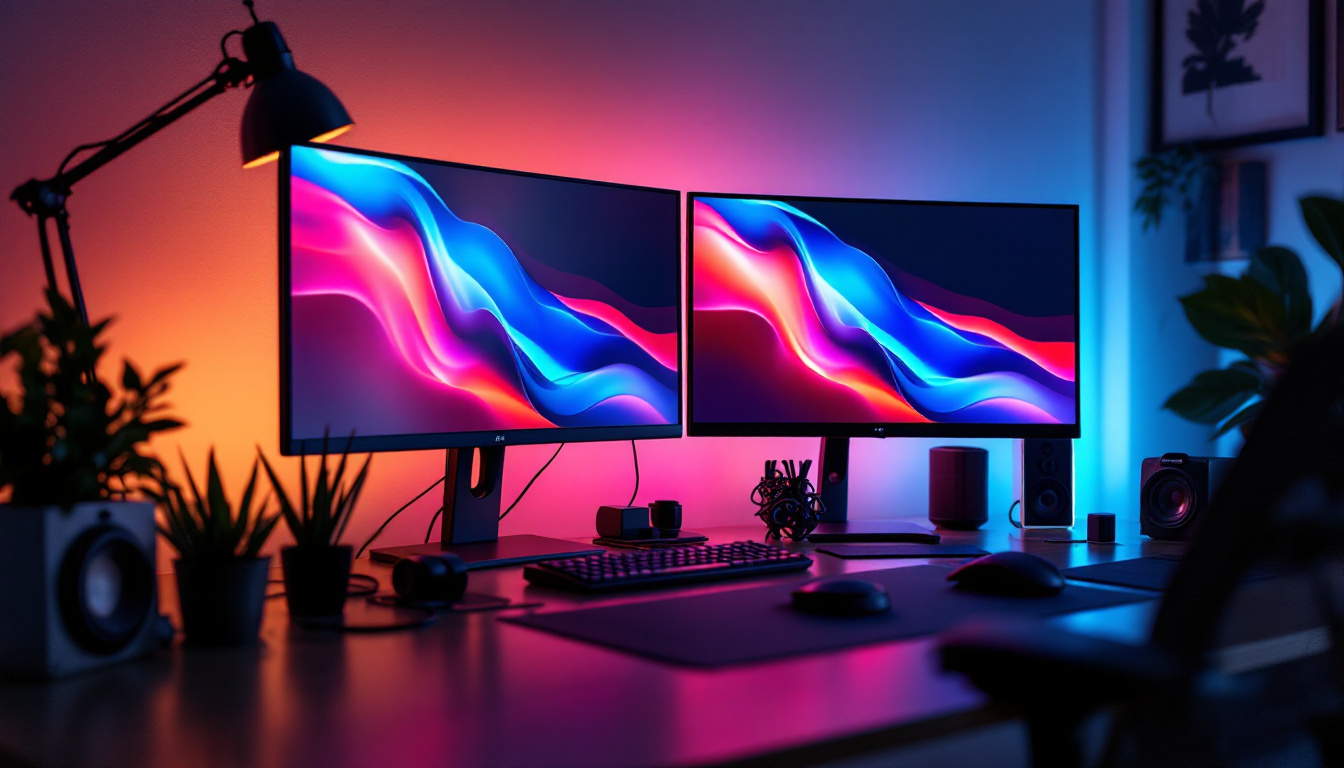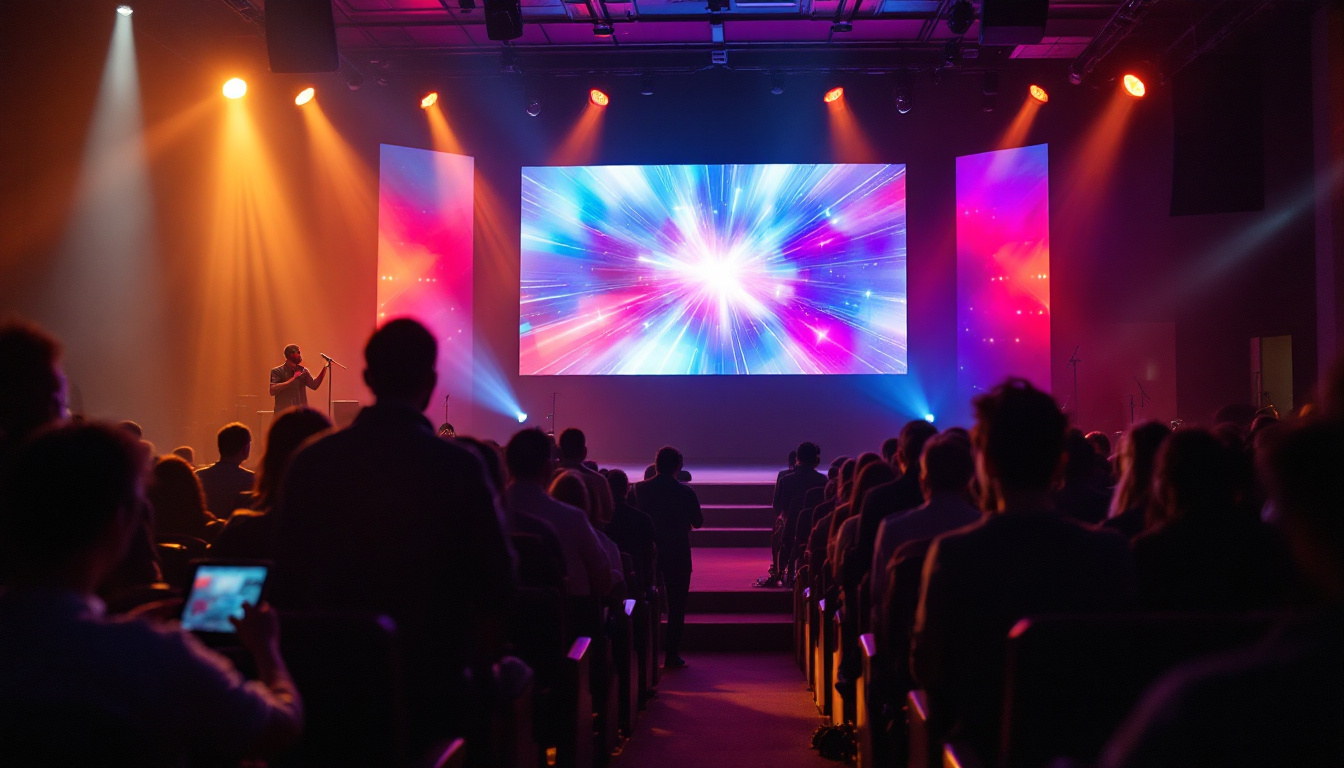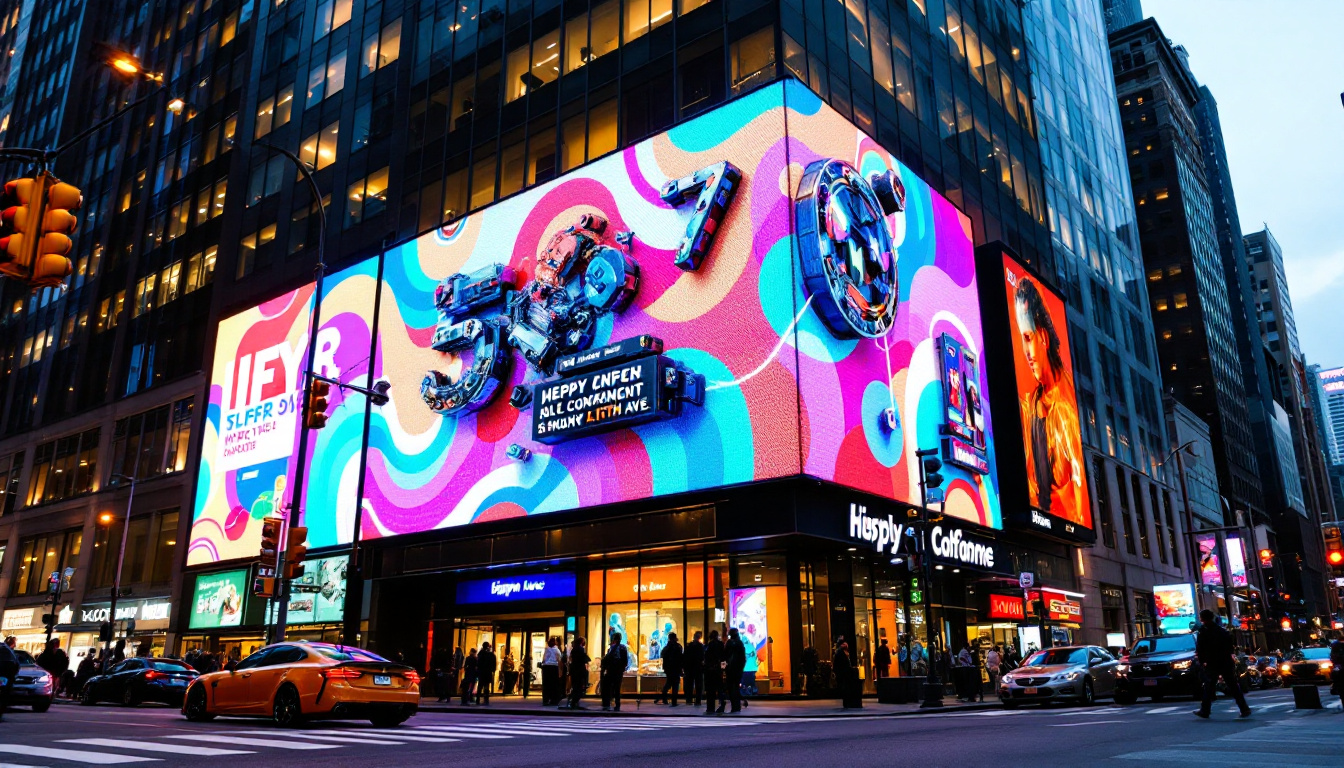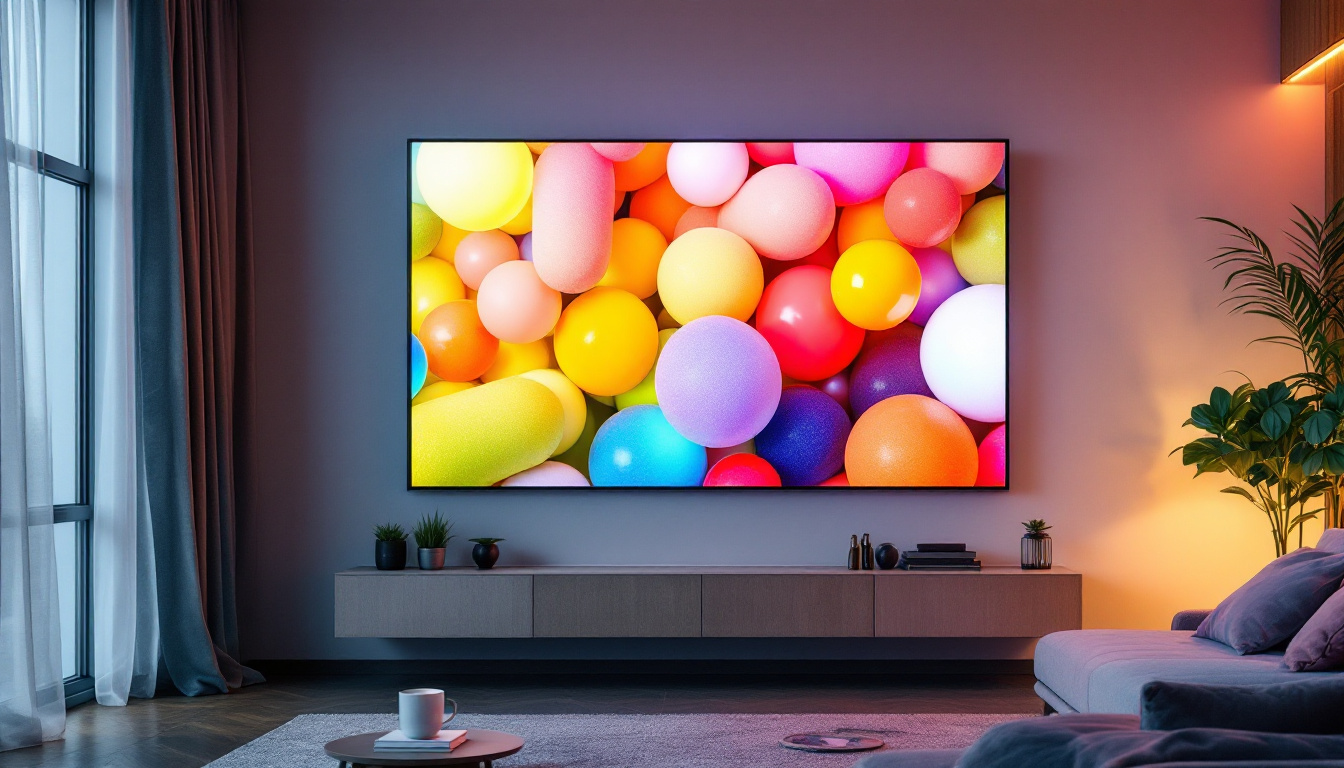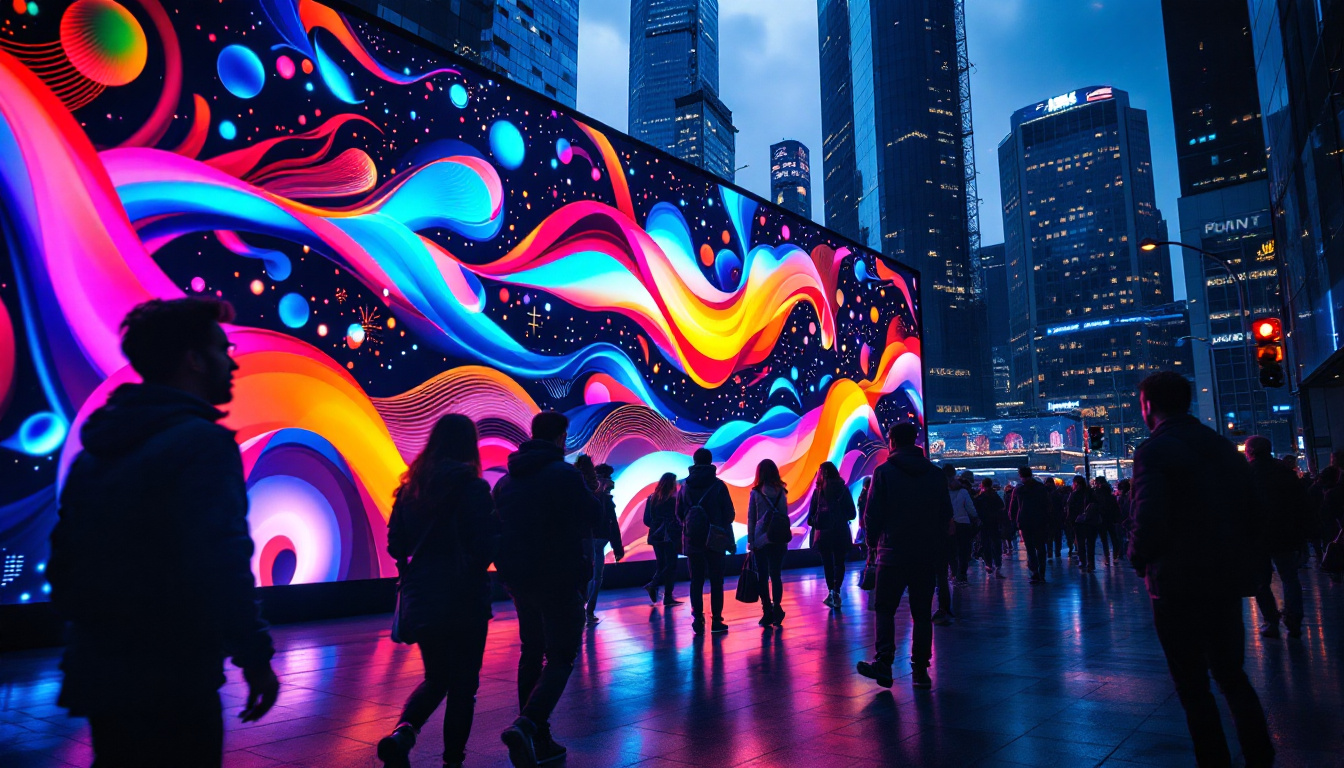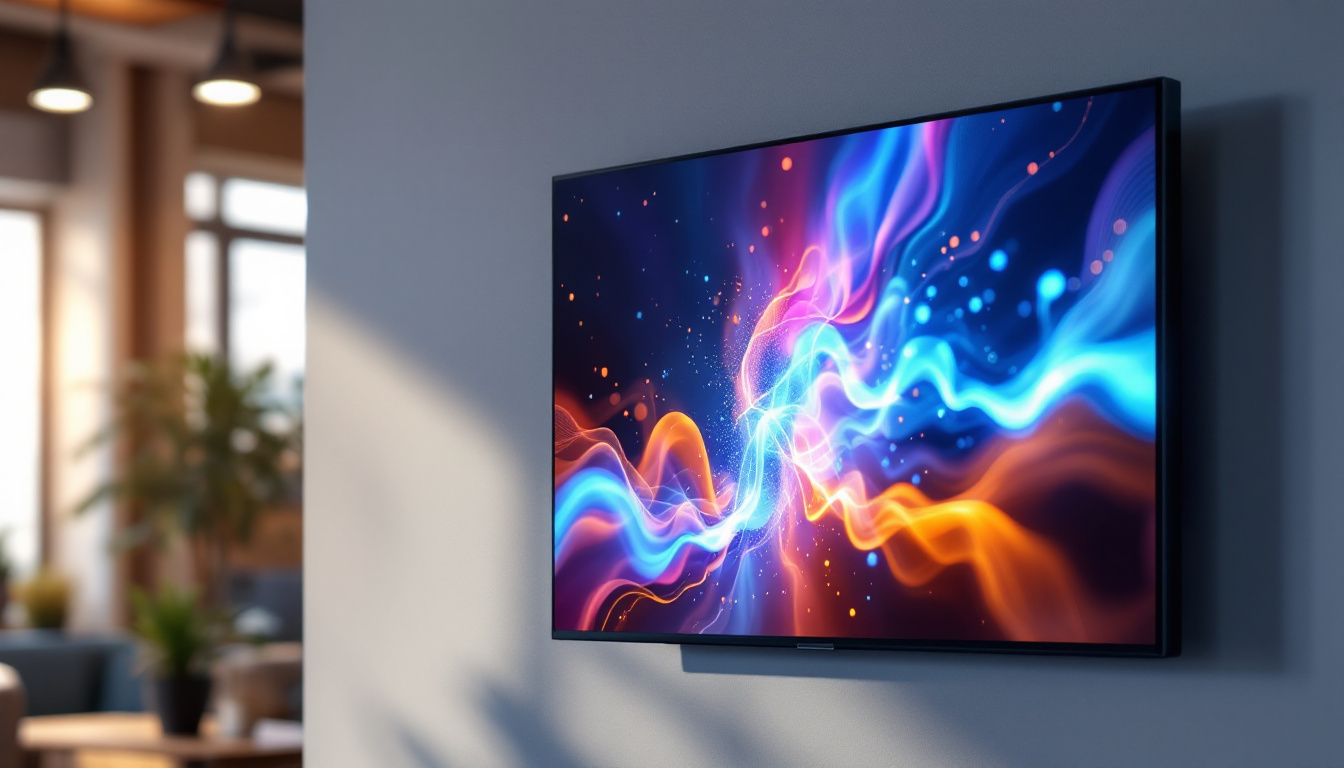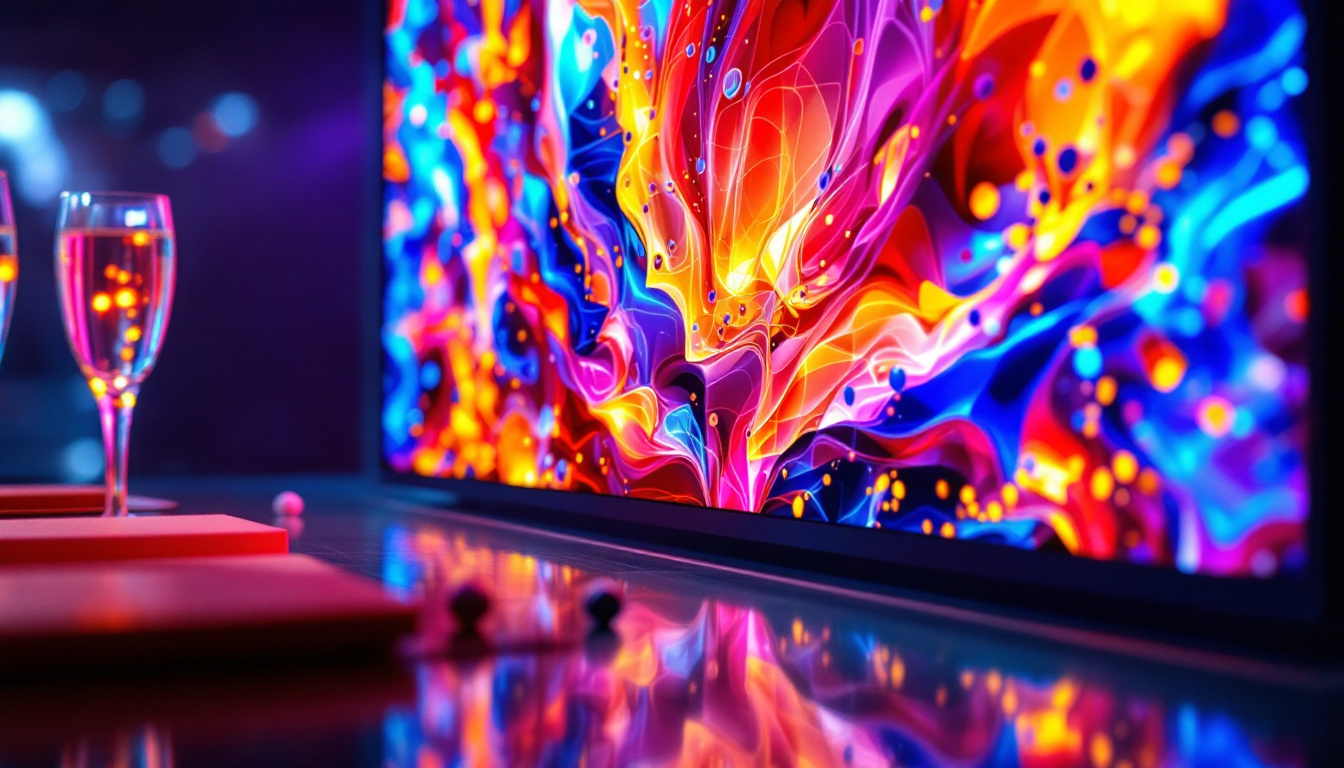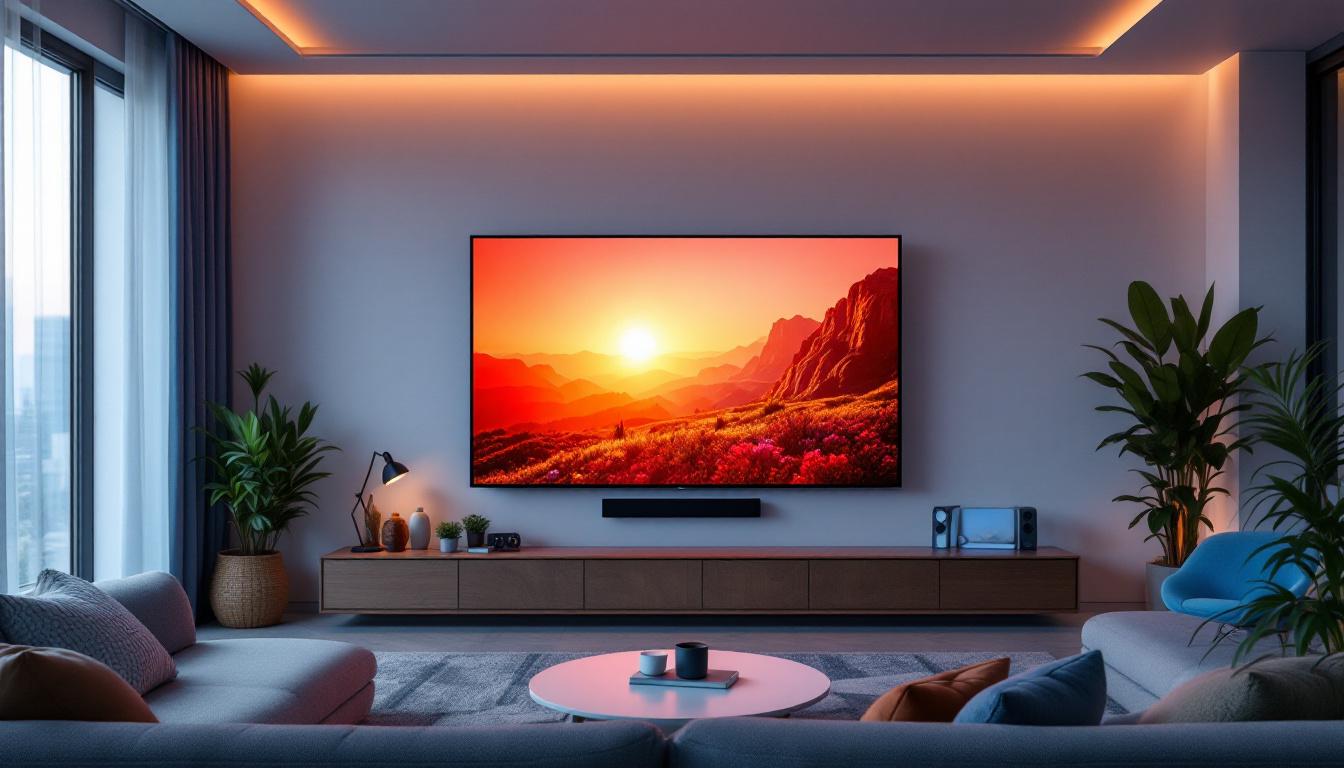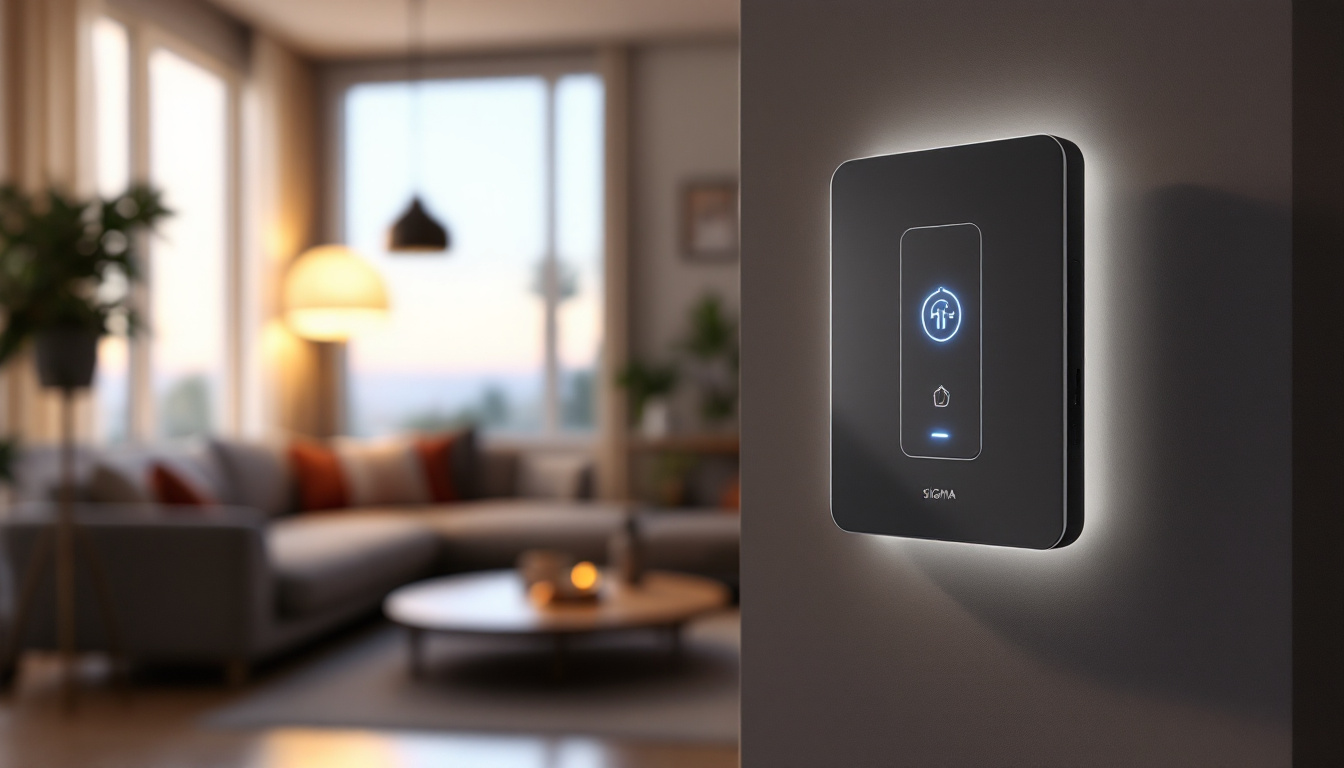In the world of modern technology, LED displays have become a cornerstone of visual communication. From billboards to concert stages, these vibrant screens capture attention and convey messages with clarity. Visual Sound Inc, a leader in the LED display industry, has been at the forefront of this revolution, providing innovative solutions that enhance visual experiences. This article delves into the intricacies of LED displays, exploring their technology, applications, and the impact they have on various industries.
Understanding LED Technology
LED, or Light Emitting Diode, technology has transformed the way we perceive light and color. Unlike traditional lighting methods, LEDs are energy-efficient and offer a longer lifespan, making them an ideal choice for displays. The shift towards LED technology has not only led to significant energy savings but has also contributed to a reduction in carbon footprints, aligning with global sustainability goals. As industries and consumers become more environmentally conscious, the adoption of LEDs continues to rise, paving the way for innovative lighting solutions.
The Science Behind LEDs
At its core, an LED is a semiconductor device that emits light when an electric current passes through it. This process is known as electroluminescence. The materials used in the semiconductor, typically gallium, arsenide, or phosphide, determine the color of the light emitted. By combining different materials, manufacturers can create a spectrum of colors, allowing for vibrant displays. The efficiency of LEDs is also influenced by their design; advancements in heat management and packaging have further enhanced their performance, ensuring that they operate at optimal levels for extended periods.
One of the key advantages of LED technology is its ability to produce bright and vivid colors. This is particularly important for displays that need to stand out in various lighting conditions, such as outdoor billboards or stage backdrops. The brightness of LEDs can be adjusted, ensuring that the display remains visible even in direct sunlight. Moreover, the rapid response time of LEDs allows for dynamic content to be displayed without motion blur, making them ideal for video applications. This capability has revolutionized advertising and entertainment, enabling more engaging and interactive experiences for audiences.
Types of LED Displays
LED displays come in various forms, each tailored for specific applications. The most common types include:
- Direct View LED Displays: These are made up of individual LED modules that can be configured to create large screens. They are often used for outdoor advertising and large events, providing a canvas for creative and eye-catching visuals.
- LED Video Walls: Composed of multiple LED panels, video walls are used in control rooms, broadcast studios, and large venues. They provide high-resolution images and can display dynamic content, making them perfect for live events or presentations.
- Transparent LED Displays: These innovative displays allow light to pass through, making them ideal for retail environments where visibility is essential. They can be integrated into windows or glass structures, creating a seamless blend of digital content and physical space.
In addition to these types, there are also specialty LED displays designed for niche applications. For instance, flexible LED displays can be bent or shaped to fit unique designs, making them popular for artistic installations and architectural projects. Furthermore, advancements in microLED technology are paving the way for even smaller, more efficient displays that promise to enhance everything from consumer electronics to large-scale digital signage. The versatility and adaptability of LED technology continue to drive innovation across various industries, ensuring its relevance for years to come.
Applications of LED Displays
The versatility of LED displays has led to their adoption across a wide range of industries. From advertising to entertainment, their applications are vast and varied.
Advertising and Marketing
LED displays have revolutionized the advertising landscape. Their ability to display dynamic content makes them a powerful tool for marketers. Brands can showcase promotions, videos, and interactive content that captures the audience’s attention. Digital billboards, for instance, can change messages in real-time, allowing for targeted advertising based on time of day or audience demographics.
Moreover, the high visibility of LED displays, even from a distance, ensures that advertisements reach a broader audience. This has led to increased engagement and, ultimately, higher conversion rates for businesses.
Entertainment and Events
In the entertainment industry, LED displays have become a staple for concerts, festivals, and live events. They are used to create stunning visual backdrops, enhancing the overall experience for attendees. The ability to synchronize visuals with music adds an immersive element that captivates audiences.
From large-scale festivals to intimate performances, LED screens can be configured in various shapes and sizes, allowing for creative expression. This flexibility has made them a preferred choice for event organizers looking to make a lasting impression.
Corporate and Educational Use
LED displays are also making waves in corporate and educational settings. In corporate environments, they are used for presentations, training sessions, and internal communications. Their ability to display high-quality visuals ensures that information is conveyed effectively, enhancing understanding and retention.
In educational institutions, LED displays are utilized in classrooms and auditoriums to facilitate learning. They can display educational content, interactive lessons, and even serve as a platform for student presentations. This engagement fosters a more dynamic learning environment.
The Benefits of LED Displays
Investing in LED display technology comes with numerous benefits that extend beyond mere aesthetics. Understanding these advantages can help organizations make informed decisions about their visual communication strategies.
Energy Efficiency
One of the most significant advantages of LED displays is their energy efficiency. Compared to traditional display technologies, LEDs consume significantly less power. This not only reduces operational costs but also minimizes the environmental impact, making them a sustainable choice for businesses.
Additionally, the longevity of LED displays means that they require less frequent replacements, further contributing to cost savings over time. Many manufacturers also offer energy-efficient models that optimize power consumption without sacrificing performance.
High Resolution and Clarity
LED displays are known for their high resolution and clarity, making them suitable for a variety of applications. The pixel density of LED screens can be adjusted to achieve the desired level of detail, ensuring that images and videos are sharp and vibrant.
This clarity is especially important in environments where visual information is critical, such as control rooms or broadcast studios. The ability to display detailed graphics and text ensures that viewers can easily comprehend the information being presented.
Durability and Reliability
LED displays are built to withstand harsh conditions, making them a reliable choice for outdoor applications. They are resistant to weather elements such as rain, snow, and extreme temperatures. This durability ensures that the display remains operational in various environments, reducing maintenance costs and downtime.
Furthermore, the solid-state construction of LEDs means that they are less prone to damage compared to traditional displays. This reliability is crucial for businesses that rely on constant visual communication.
Challenges and Considerations
While LED displays offer numerous benefits, there are challenges and considerations that organizations must keep in mind when integrating this technology into their operations.
Initial Investment Costs
One of the primary challenges associated with LED displays is the initial investment cost. High-quality LED technology can be expensive, and organizations must weigh the upfront costs against the long-term benefits. However, it is essential to consider the potential return on investment, as the energy savings and durability can offset these initial expenses over time.
Content Management
Another consideration is content management. To maximize the effectiveness of LED displays, organizations must develop engaging and relevant content. This requires ongoing effort and resources to create and update material that resonates with the target audience.
Investing in content management systems can streamline this process, allowing for easier updates and scheduling of content. Organizations should also consider training staff to manage and operate the displays effectively.
The Future of LED Displays
The future of LED displays looks promising, with continuous advancements in technology and design. As the demand for high-quality visual experiences grows, manufacturers are innovating to meet these needs.
Emerging Technologies
One of the most exciting developments in the LED display industry is the integration of smart technology. This includes features such as automated content scheduling, real-time analytics, and even interactive capabilities that allow audiences to engage with the display.
Additionally, advancements in microLED technology are paving the way for even higher resolution displays with improved color accuracy and brightness. These innovations are expected to enhance the versatility of LED displays, making them suitable for an even broader range of applications.
Sustainability Initiatives
As sustainability becomes a priority for many organizations, the LED display industry is also focusing on eco-friendly practices. From energy-efficient manufacturing processes to recyclable materials, manufacturers are exploring ways to reduce their environmental impact.
This shift towards sustainability not only benefits the planet but also appeals to consumers who are increasingly conscious of their purchasing decisions. Companies that prioritize eco-friendly practices can enhance their brand image and attract environmentally-minded customers.
Conclusion
LED displays have undoubtedly transformed the landscape of visual communication. With their vibrant colors, energy efficiency, and versatility, they have become an essential tool for businesses across various industries. Visual Sound Inc stands at the forefront of this technology, providing innovative solutions that cater to the evolving needs of their clients.
As the industry continues to evolve, organizations must stay informed about the latest advancements and trends in LED technology. By embracing these innovations, businesses can enhance their visual communication strategies, engage their audiences, and ultimately drive success in a competitive marketplace.
Discover Cutting-Edge LED Displays with LumenMatrix
Ready to elevate your visual communication strategy with the latest in LED display technology? Look no further than LumenMatrix, a pioneer in crafting immersive LED display modules that bring your brand to life. Whether you’re in need of an Indoor LED Wall Display, a dynamic Outdoor LED Wall Display, or specialized solutions like Vehicle LED Displays and LED Sports Displays, LumenMatrix has you covered. Embrace the future of digital signage with our Custom LED Displays, All-in-One LED Displays, and revolutionary LED Transparent Displays. Experience the power of enhanced engagement and crystal-clear messaging. Check out LumenMatrix LED Display Solutions today and transform the way you connect with your audience.

